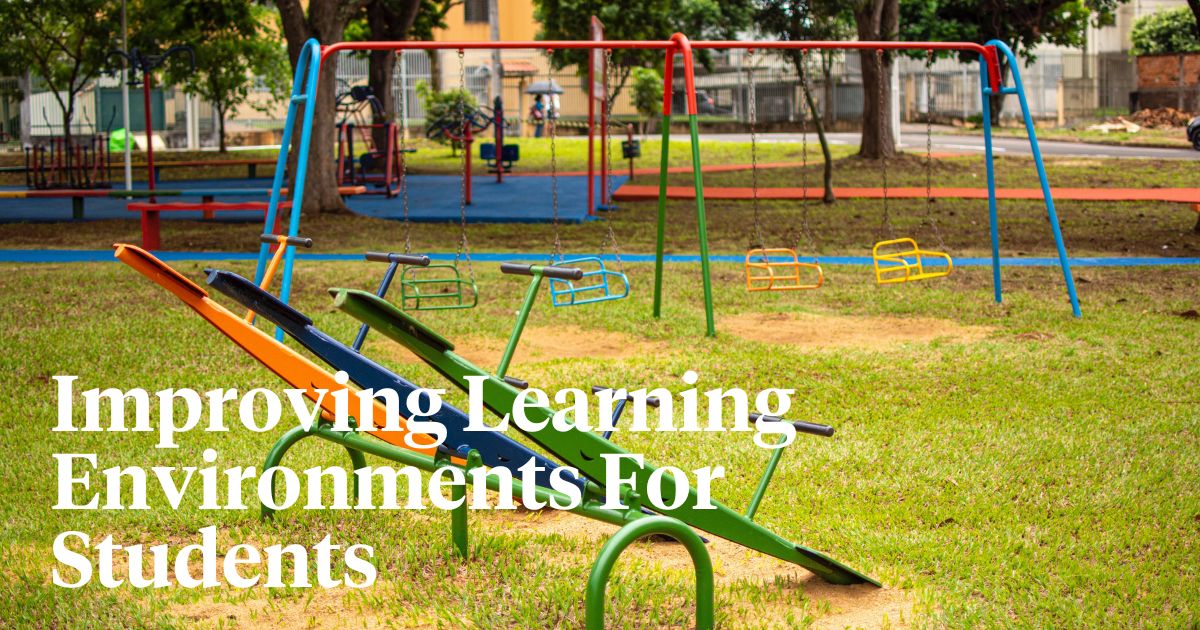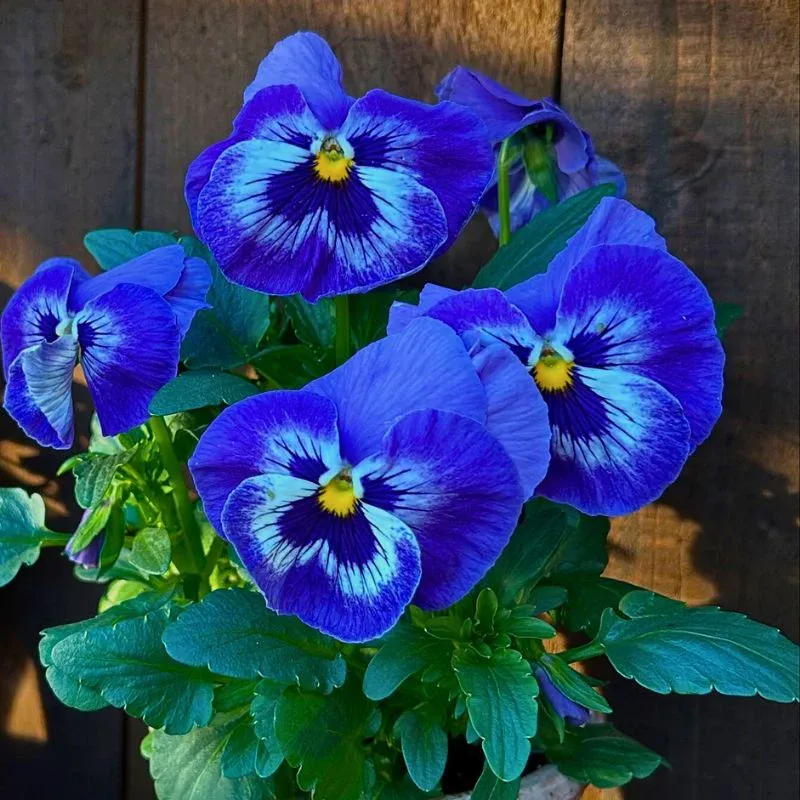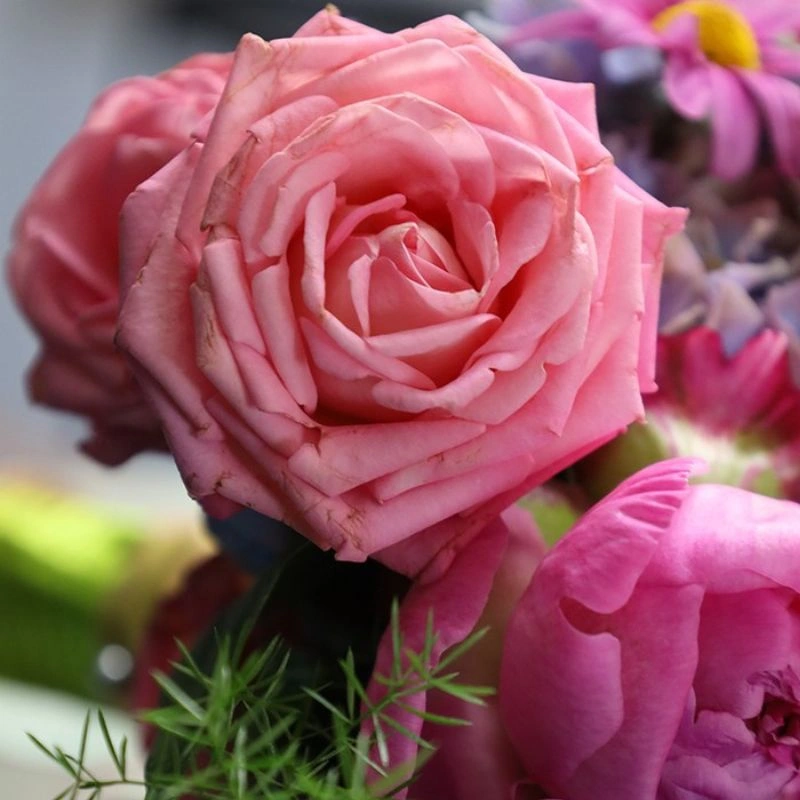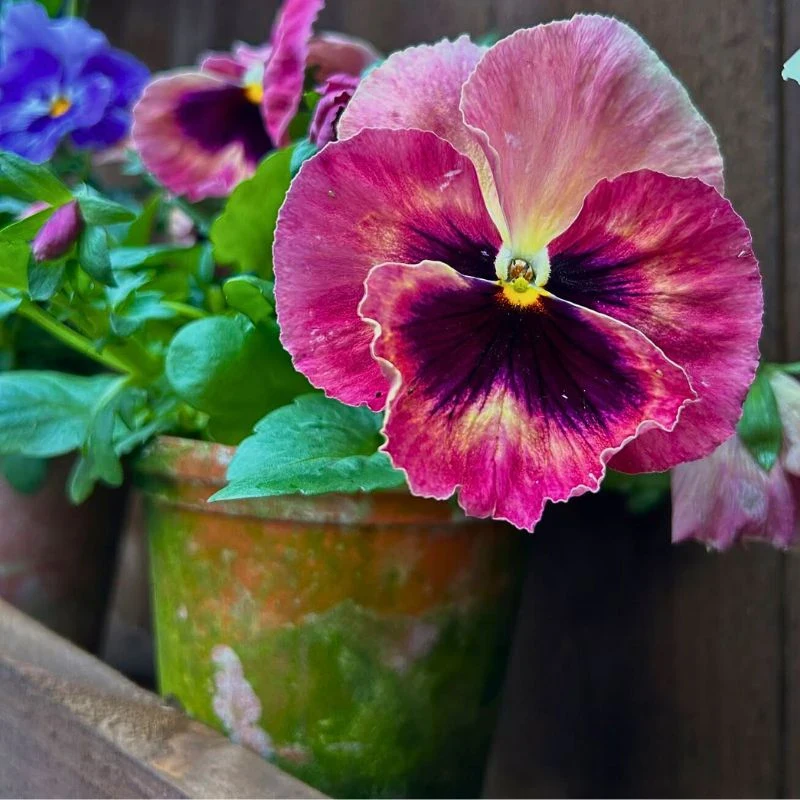Schoolyards, the cornerstone of schools, serve as spaces where children gather to learn, play, and socialize. Transforming this space into an inviting place that children love can significantly change its atmosphere; flowers provide the ideal solution.
Finding flowers suitable for schoolyard planting requires consideration of several key aspects, including climate, soil conditions, maintenance needs, and safety regulations. By understanding all these requirements you can select flowers that thrive in their environment while improving learning environments for students.
Climate can play an essential role in deciding the species of flowers that thrive in schoolyards, with different blooms having different responses to temperature and humidity levels; warm-season flowers like sunflowers and marigolds tend to prefer hot, sunny climates while cool-season pansies and violas thrive best with milder temperatures and partial shade conditions.
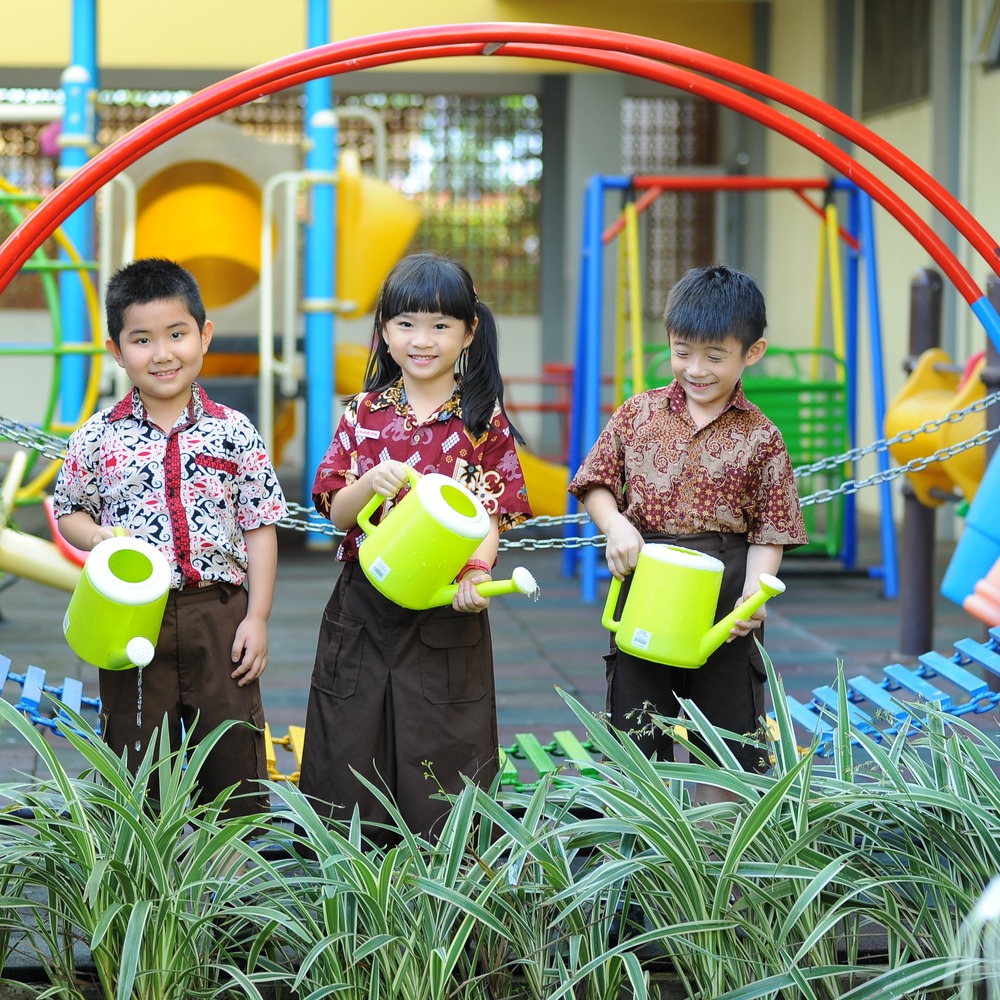
Soil Conditions and Drainage Systems
Understanding the type of soil found in a schoolyard is also vital when selecting flowers to grow successfully in it. Different flowers require certain conditions in their ideal growing environments - some prefer well-draining soil while others can tolerate clay or sandy conditions. Gaining insight into soil conditions in your schoolyard will allow you to pick blooms with access to essential nutrients and drainage to thrive in that setting.
Maintenance Requirements and Time Commitment
When selecting flowers for a schoolyard, one must consider the level of maintenance required and the time commitment involved. Some flowers need regular watering, weeding, and fertilization while others require much lower care requirements compared to their peers; matching up maintenance needs with available resources and time commitment requirements will help to ensure healthy and attractive blooms remain throughout their year-long existence.
Safety Issues and Mitigating Dangers
Safety should always come first when selecting flowers for a schoolyard. Avoid planting toxic flowers that contain toxic thorns which could injure children, while considering where your flowers should be planted to limit accidental incidents and minimize risks of injuries to pupils and teachers alike.

Recommended Flowers for Schoolyards
Keep these factors in mind and here are a few recommendations of flowers suitable for schoolyards:
Sunflowers: Sunflowers are joyful and easy-to-grow flowers that bring vibrancy and drama into any schoolyard landscape. Boasting vivid yellow blooms that grow tall with every bloom cycle, sunflowers make an exciting educational addition to schoolyard landscaping!
Marigolds: Marigolds are well known for their vibrant hues, fragrant scent, and insect-repelling abilities that help ensure schoolyards remain free from harmful insects that might pose threats to young students' safety. Marigolds can dissuade insects that pose threats and this helps ensure children have safe playspaces at school.
Zinnias: Zinnias are versatile flowers that come in an assortment of colors and sizes. Easy to cultivate with minimal maintenance needs, these compact blooms make an excellent option for schoolyards with limited resources.
Impatiens: Impatiens flowers make an excellent addition to schoolyards with low sunlight exposure due to their vibrant blooms and tolerance of partial shade conditions. Their vibrant blooms add visual interest while their partial-shade tolerance makes these an invaluable asset in providing optimal conditions in diverse schoolyards.
Pansies: Pansies are colorful and hardy flowers that thrive in any climate, providing color throughout the school year - they provide delight! Pansies make an attractive addition to schoolyards.
These are only suggestions; many more flowers could thrive in your schoolyard successfully. To select appropriate blooms for your unique schoolyard and its environment, consult a nursery or garden center near you for recommendations tailored specifically to the unique requirements and conditions in it.
Extra Tips for School Garden Flower Planting: Tips From Experts
Engage students in the planning and planting process. Participating in selecting, planting, and caring for flowers provides invaluable hands-on experiences in botany as well as environmental stewardship for students.
Choose an array of flowers to provide aesthetic beauty and draw in pollinator species such as bees and butterflies. By creating an appealing display with different hues, forms, blooming times, and bloom patterns you will create an environment conducive to pollinator health and habitat creation.
Establish a planting schedule to ensure flowers bloom throughout the school year. Carefully consider all flower varieties so that blooming colors adorn the schoolyard from spring, summer, fall, and even winter!
Label the flowers to help students learn about different plant species. Labeling can transform the schoolyard into an outdoor classroom and offer students opportunities for hands-on learning experiences.
So, planting flowers in your schoolyard is one way of creating this welcoming space and teaching students about plants as part of our natural world, remember that service realreviews.io can help you at any time. Doing this also serves to teach your pupils more about plants' importance for our world environment!

